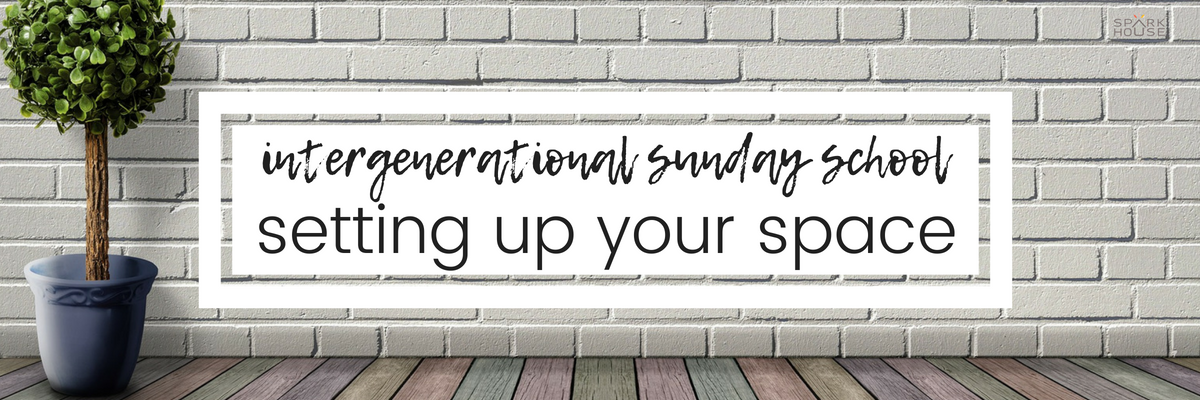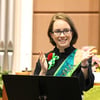
If there's anything I learned from nearly a decade in camp and retreat ministry, it's that place matters. While you may have the best printed curriculum in the world, your curriculum doesn't only exist on paper. Wheresomething happens ends up being part of your "curriculum" whether you've planned for it to or not.
While we know that God can show up anywhere (really, God's already there anyway, right?), it is our responsibility as ministry leaders to create the best possible environments in which individuals and communities can experience God's presence and grow in God's love and knowledge.
It's true for any church event or activity, and it's especially true when you're creating your space for an intergenerational Sunday School experience. You may not have a plethora of options for whichroom you meet in, but you can be intentional about how you set up your classroom.
Here are a few do's and don'ts to help you craft the perfect context:
Don't create separate spaces for each age group
While you may find yourself inclined to create a craft area for kids, a cool hangout space for teens, and a traditional theater- or classroom-style area for adults, resist that urge. When you separate ages in the room, you've created a multigenerational space rather than intergenerational. If your goal is to facilitate intergenerational relationships and intergenerational learning,
Do ensure the space is flexible
The best intergenerational experiences usually involve a variety of activity types, so fixed chairs or pews aren't ideal, unless your space is large enough to have a few different "spaces within a space" for different activities.
Do ensure there are multiple seating options
Sometimes folks with mobility issues do better if chairs have arms. Sometimes kids with sensory challenges prefer chairs that move, like rocking chairs. Young parents or grandparents with infants may be able to participate if there's a rocking chair or two available. These seating alternatives don't have to be your primary option, but having them available as needed can create an environment that includes those who might otherwise be unable to participate.
Don't offer only one way to participate
This may sound like a curriculum recommendation, but it's about how you set up your space, too. "Sit and listen" works as well for some adults as it does for toddlers, so providing a variety of alternatives is inclusive of all ages, not just children.
Having a table in the back of the room where individuals can choose coloring sheets, quiet craft supplies or other "fidgets" can allow for different learning styles and attention spans to engage throughout the whole experience, even if they aren't doing the prescribed activity.
It's also important to acknowledge that these "fidget options" are not just for the pre-pubescent crowd. Many adults benefit as much as kids from these alternatives; they just need the permission to utilize them.
Do ensure everyone has a seat at the table
In my experience, for focused and hands-on activities, a literal table works best. By placing participants around tables rather than just in chairs, you give a physical foundation for everyone to work at and around. It brings everyone to the same level, regardless of age, stage or stature. By providing tables as the grounding element in your setup, even those who are coloring or crafting in another way than the defined curriculum can still be a part of the community, because they're still at the table together, rather than segregated into a separate "fidget space."
Above all, though, know your people. You know the needs and personalities of your participants better than anyone, so take some time to anticipate how your room setup might impact the individual needs of your community.
Check out Reverend Cooper’s first blog post in this series, which highlights how you can choose and use curriculum for your intergenerational Sunday school setting.



